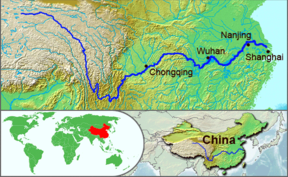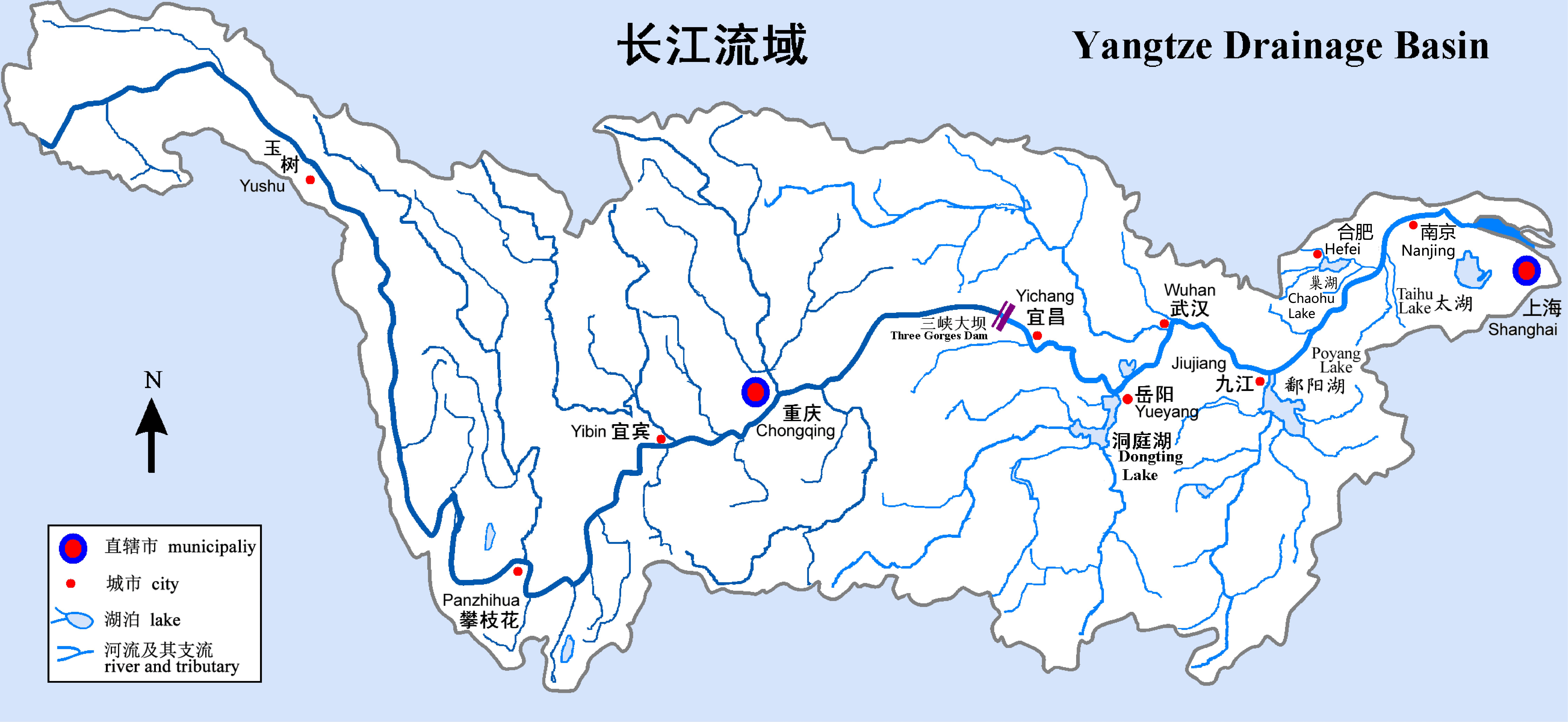ANKARA (A.A) - Köpeklerin ataları olan kurtların ilk defa 16 bin yıl önce Çin'in Yangzı nehrinin güneyinde evcilleştirildiği bildirildi.
Köpek ve kurt türlerinin genleri incelenerek yapılan araştırmayla köpeklerin ana vatanının Çin'in Yangzı nehrinin güneyi olduğu belirlendi.
İsveç Kraliyet Teknoloji Enstitüsünden Peter Savolainen ve meslektaşlarının yaptığı araştırmada, Yangzı nehrinin güneyindeki köpek türlerinin, Avrupa ve Afrika türlerine kıyasla daha fazla rastlantısal mutasyonlar içeren DNA çeşitliliğine sahip olduğu ve köpeklerin atası olan kurtların ilk defa 16 bin yıl önce bu bölgede evcilleştirildiği ifade edildi.
Dünya genelinde 1500 köpek ve 40 kurt türünün DNA'sını ve genlerindeki değişkenliği inceleyen bilim adamları, bu türler arasından 8 kurt ve 169 köpek türünün de mitokondrial DNA'sını tümüyle çözdü. Dişiler tarafından değişmeden nesilden nesile aktarılan mitokondrial DNA'lar köpek popülasyonunun ilk evrelerindeki çeşitliliğini saptamayı sağladı.
Araştırma, köpeklerin gen havuzunun 10 ana haplogruptan (genetik dal) oluştuğunu ve bu 10 haplogrubun genetik özelliğini taşıyan örneklerin ise sadece Yangzı nehrinin güneyindeki köpeklerde bulunduğunu gösterdi.
Yangtze River
From Wikipedia, the free encyclopedia
| This article needs additional citations for verification. Please help improve this article by adding reliable references. Unsourced material may be challenged and removed. (July 2008) |
| Yangtze River | |
 The course of the Yangtze River through China | |
| Basin countries | China |
|---|---|
| Length | 6,380 km (3,960 mi)[1] |
| Source elevation | 5,042 m (16,540 ft) |
| Avg. discharge | 31,900 m³/s (1,127,000 ft³/s) |
| Basin area | 1,800,000 km2 (690,000 sq mi) |
| | This article contains Chinese text. Without proper rendering support, you may see question marks, boxes, or other symbols instead of Chinese characters. |
The Yangtze River, or Chang Jiang (simplified Chinese: 长江; traditional Chinese: 長江; pinyin: Cháng Jiāng), Tibetan: 'Bri-chu, is the longest river in China and Asia, and the third-longest in the world, after the Nile in Africa and the Amazon in South America.
The river is about 6,385 km long (3915 mi) and flows from its source in Qinghai Province, eastwards into the East China Sea at Shanghai. It acts as a dividing line between North and South China, although geographers generally consider the Qinling-Huai River line to be the official line of geographical division. As the largest river in the region, the Yangtze is historically, culturally, and economically important to China. One of the dams on the river, the Three Gorges Dam, is the largest hydro-electric power station in the world.[2] The section of the river flowing through deep gorges in Yunnan province is part of the Three Parallel Rivers of Yunnan Protected Areas: a UNESCO World Heritage Site.
The name Yangtze River, as well as various similar names such as Yangtse River, Yangzi River, Yangtze Kiang, etc., is derived from Yangzi Jiang (simplified Chinese: 扬子江; traditional Chinese: 揚子江; pinyin: Yángzǐ Jiāng) ![]() listen (help·info), which, beginning in the Sui Dynasty, was the Chinese name for the river in its lower reaches, specifically, the stretch between Yangzhou (扬州) and Zhenjiang (镇江). The name comes from the ancient ferry crossing Yangzi Jin (扬子津, meaning "Yangzi Crossing"). From the Ming Dynasty, the name was sometimes written 洋子 (yángzĭ). Because it was the name first heard by missionaries and traders, this name was applied in English to the whole river. In Chinese, Yangzi Jiang is considered a historical or poetic name for the river. The modern Chinese name, Chang Jiang (长江/長江 Cháng Jiāng), literally means "long 'Jiang'" (Jiang is the classical Chinese of Yangtze, but now it means river) and may sometimes also be used in English. It is also known to many as the 'Main Street' of China.
listen (help·info), which, beginning in the Sui Dynasty, was the Chinese name for the river in its lower reaches, specifically, the stretch between Yangzhou (扬州) and Zhenjiang (镇江). The name comes from the ancient ferry crossing Yangzi Jin (扬子津, meaning "Yangzi Crossing"). From the Ming Dynasty, the name was sometimes written 洋子 (yángzĭ). Because it was the name first heard by missionaries and traders, this name was applied in English to the whole river. In Chinese, Yangzi Jiang is considered a historical or poetic name for the river. The modern Chinese name, Chang Jiang (长江/長江 Cháng Jiāng), literally means "long 'Jiang'" (Jiang is the classical Chinese of Yangtze, but now it means river) and may sometimes also be used in English. It is also known to many as the 'Main Street' of China.
Like many rivers, the river is known by different names over its course. At its source, it is called in Chinese the Dangqu (当曲, from the Tibetan for "marsh river"). Downstream, it is called the Tuotuo River (沱沱河) and then the Tongtian River (通天河, literally "river passing through heaven"). Where it runs through deep gorges parallel to the Mekong and the Salween before emerging onto the plains of Sichuan, it is known as the Jinsha River (金沙江 Jīnshā Jiāng, literally "golden sands river").

The Yangtze was earlier known to the Chinese as simply Jiang (江 Jiāng), which has become a generic name meaning "river", or the Da Jiang (大江 Dà Jiāng, literally "great river"). The Tibetan name for the river is Drichu (Tibetan: འབྲི་ཆུ་[3]; Wylie: 'bri chu, lit. "river of the female yak"). The Yangtze is sometimes referred to as the Golden Waterway.

Hiç yorum yok:
Yorum Gönder
Not: Yalnızca bu blogun üyesi yorum gönderebilir.